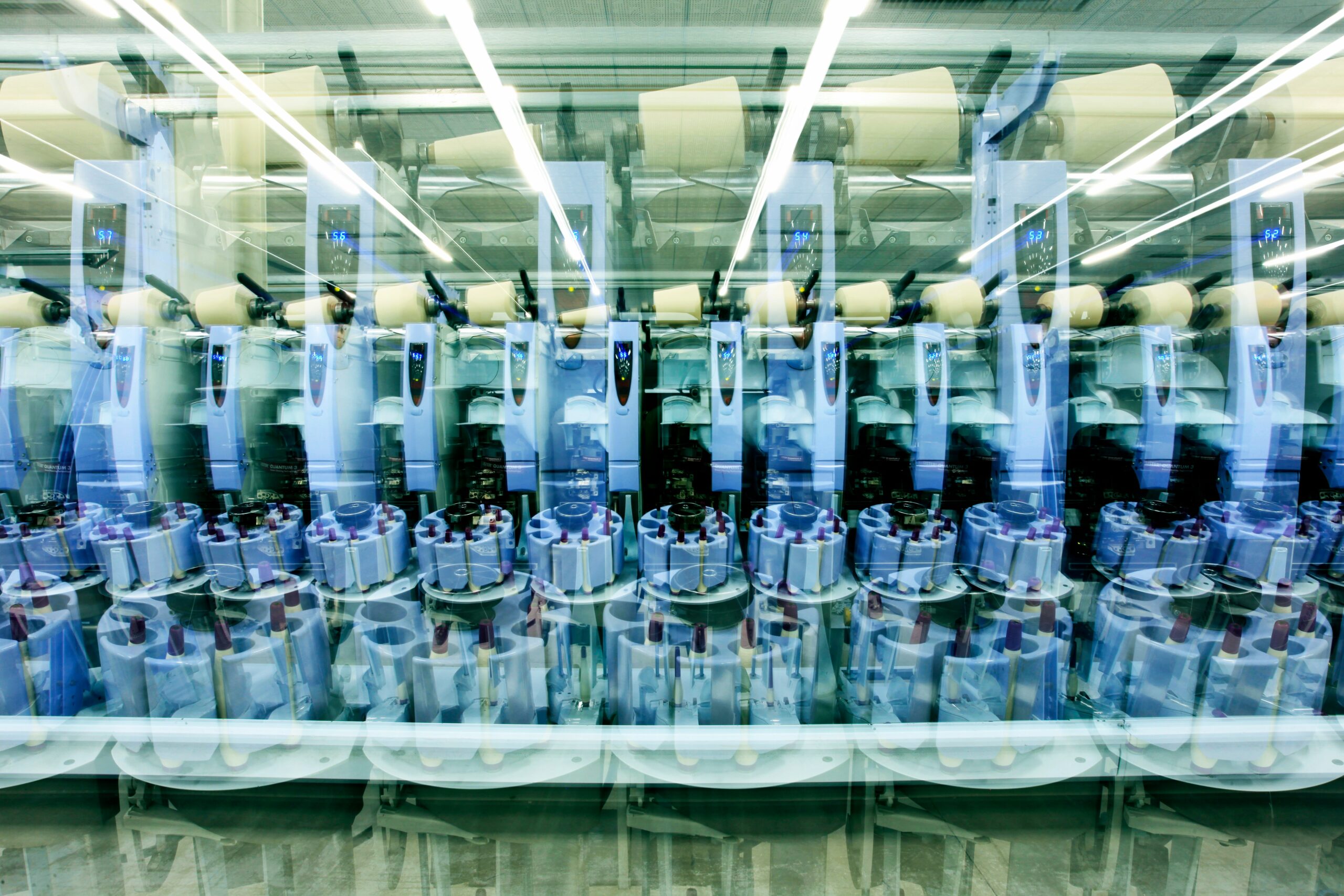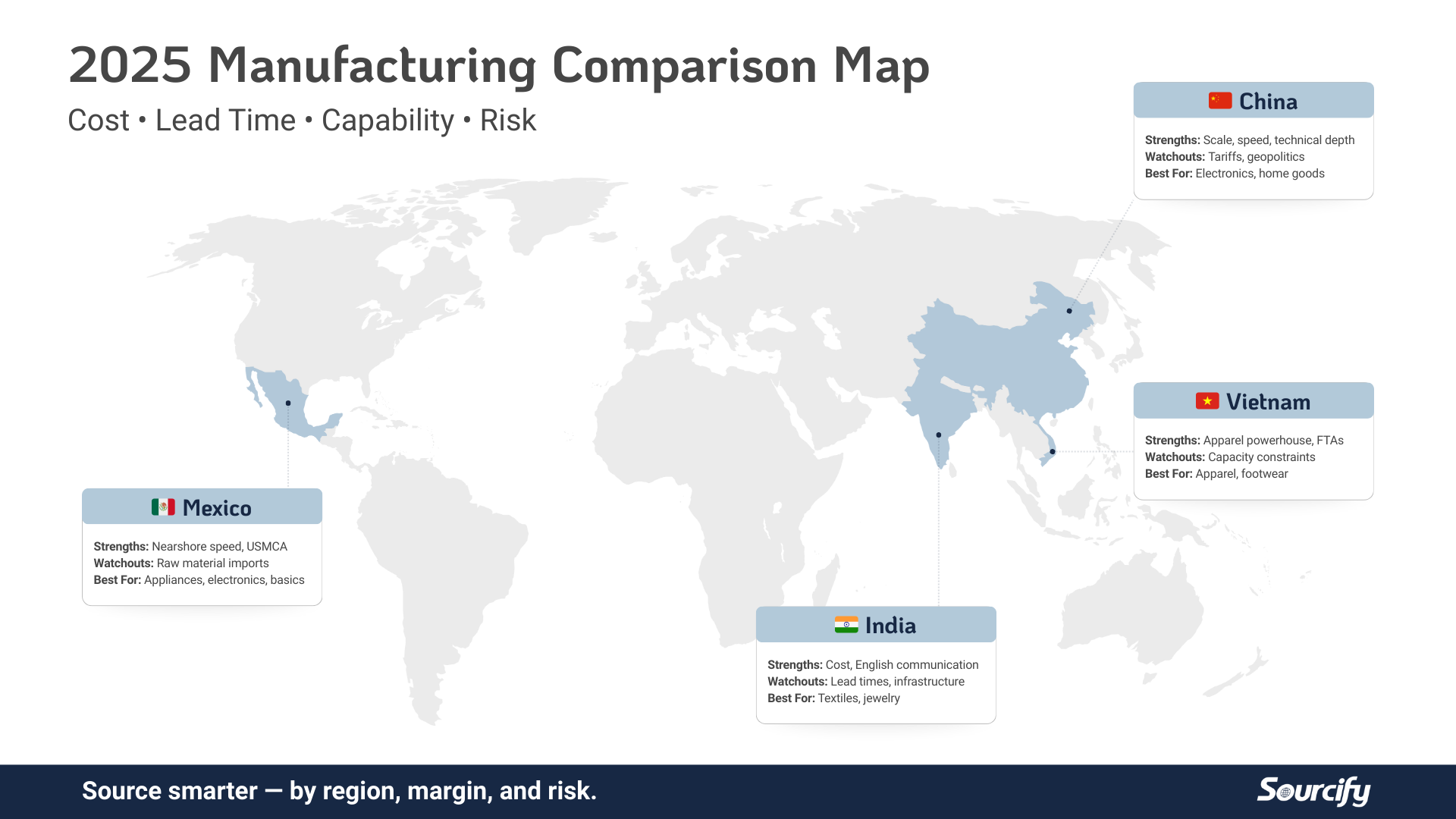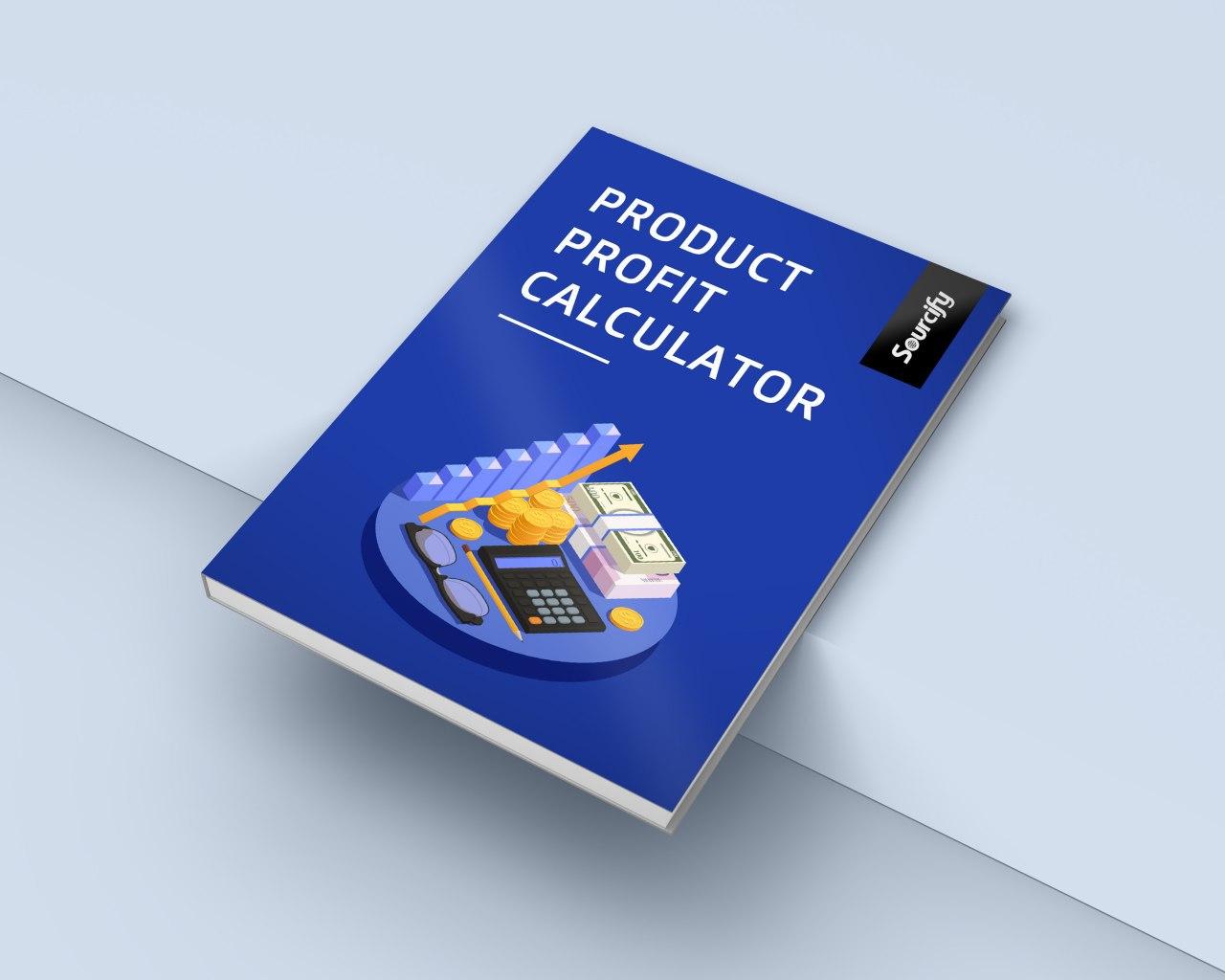Scaling your manufacturing operations is an exciting yet complex journey that requires careful planning and execution. From initial product development to engaging with factories, every step in the manufacturing process needs to be carefully considered to ensure quality, cost-effectiveness, and efficiency.
In this blog, we’ll outline the key steps for taking your product from concept to production, ensuring that you engage the right suppliers, manage costs effectively, and scale your manufacturing operations in a way that aligns with your business goals.
Step 1: Product Development and Prototyping
Before you can start engaging with factories, the first step is to bring your product idea to life. Product development is about transforming your concept into something tangible that can be manufactured at scale. This process includes refining your design, materials, functionality, and any specific features that differentiate your product in the market.
Key Considerations:
- Market Research: Understand your target market, competitors, and pricing strategies. This will help you make informed decisions about your product design and functionality.
- Prototyping: Work with engineers and designers to create a prototype. This is your first physical version of the product and is vital for identifying design flaws and refining the product before mass production.
- Costing: During the product development stage, you should have a clear understanding of your product’s cost, which will help you decide on the right manufacturing process and supplier.
Step 2: Selecting the Right Manufacturing Partner
Once you’ve finalized your product design, it’s time to start looking for the right manufacturing partner. Finding a reliable factory that can produce your product to the necessary standards is a critical step in the manufacturing process. The right partner will not only ensure that your product is made with quality materials but will also meet your production timelines and cost goals.
Key Considerations:
- Factory Capability: Assess whether the factory has the equipment, expertise, and capacity to produce your product. This is especially important for complex or highly specialized products.
- Location: Consider manufacturing in regions that align with your supply chain strategy. Will you be near key suppliers? How will shipping costs and lead times be affected?
- Quality Assurance: Ensure the factory has strict quality control processes in place. You should understand their testing procedures, standards, and how they handle any product defects.
Step 3: Understanding Minimum Order Quantities (MOQs)
When engaging with factories, one of the most important aspects to consider is the Minimum Order Quantity (MOQ). The MOQ refers to the minimum number of units a factory is willing to produce in a single production run. Understanding MOQs and how they affect your manufacturing costs is essential for scaling.
Key Considerations:
- Negotiating MOQs: If you’re a smaller business or just starting, negotiate with your factory to lower the MOQ. Some factories are open to flexibility, especially if they see potential for a long-term partnership.
- Assessing Costs: Larger orders often mean lower per-unit costs, but they require higher upfront investment. Be sure to assess the balance between volume, storage capacity, and your cash flow.
- Lead Time: Larger orders can also affect lead times, so be sure to factor this into your planning process.
Step 4: Factory Engagement and Relationship Building
After selecting a factory, the next step is to engage with them. This involves not only sending your designs and specifications but also building a strong working relationship. Establishing clear communication channels and managing expectations is critical for the success of your manufacturing operations.
Key Considerations:
- Clear Communication: Make sure to clearly communicate your product specifications, quality expectations, timelines, and pricing. Providing detailed documents and specifications will help avoid misunderstandings later on.
- Visit the Factory: If possible, visit the factory to meet with the team and inspect their facilities. This is an invaluable way to assess the factory’s capabilities, working conditions, and quality assurance practices.
- Building Trust: The most successful factory partnerships are built on trust. Be transparent, manage expectations, and stay open to feedback from the factory.
Step 5: Finalizing Terms and Pricing
Once you’ve finalized the details of the engagement, it’s time to discuss pricing and terms. This is where effective negotiation skills come into play. You want to secure a competitive price while ensuring the quality and reliability of the factory.
Key Considerations:
- Pricing Transparency: Make sure you have a clear breakdown of costs, including production, shipping, and any additional fees.
- Payment Terms: Discuss and agree on payment terms that work for both you and the factory. Common payment structures include a deposit upfront, with the balance due upon completion or shipment.
- Long-Term Contract: If you’re planning on scaling, it may make sense to negotiate a long-term contract. This could help lock in better pricing and production terms, especially as your order volumes increase.
Step 6: Production and Quality Control
With everything in place, it’s time to start production. While manufacturing is underway, it’s critical to ensure that the product meets your quality standards. This stage involves regular checks, product testing, and ongoing communication with the factory to ensure everything stays on track.
Key Considerations:
- Quality Control (QC): Hire a third-party inspection service if necessary to ensure that the production meets your quality standards. Regular quality control inspections help detect defects early, saving both time and money.
- Production Timeline: Monitor production timelines closely to ensure that your products are being made on schedule. Any delays at this stage can affect your product launch.
- Iterative Feedback: Maintain an open line of communication with your factory, providing feedback if necessary. It’s easier to address issues in the early stages of production.
Step 7: Shipping and Logistics
Once production is complete, it’s time to handle shipping and logistics. This involves getting your product from the factory to your warehouse or distribution center. Efficient logistics will ensure that your product is delivered on time and at a reasonable cost.
Key Considerations:
- Shipping Method: Choose between different shipping methods, such as air freight or sea freight. While air freight is faster, it’s also more expensive. Sea freight is more economical but takes longer.
- Customs and Tariffs: Ensure that all necessary documentation is in place for international shipping, including customs paperwork. This will help avoid delays and additional costs at the border.
- Warehousing: Plan for storage of your products once they arrive. Ensure your warehouse has enough space to accommodate inventory without incurring high storage fees.
Step 8: Scaling Production
As your business grows, you may need to scale your production. This could mean increasing your order quantities, finding additional suppliers, or diversifying your manufacturing process to reduce risk and ensure continued product quality.
Key Considerations:
- Increasing Volume: As demand increases, work with your factory to increase order quantities and manage higher production volumes without compromising quality.
- Expanding to New Factories: Look for additional suppliers or new manufacturing locations to help meet increased demand while managing risk.
- Long-Term Planning: Consider the long-term scalability of your manufacturing strategy. It’s important to plan for growth and anticipate potential challenges that could arise as your business scales.
Conclusion: Scale your Manufacturing the Right Way
Successfully scaling your manufacturing operations requires careful planning, strategic partnerships, and constant monitoring of production processes. By following the steps outlined in this blog—from product development and factory engagement to logistics and scaling—you can build a solid manufacturing foundation that supports growth and ensures long-term success.
At Sourcify, we specialize in helping businesses streamline their manufacturing processes, source quality suppliers, and scale their production efficiently. Whether you’re just starting or looking to expand, we’re here to guide you every step of the way.
Contact Sourcify today to learn how we can help you scale your manufacturing operations and take your business to the next level.




